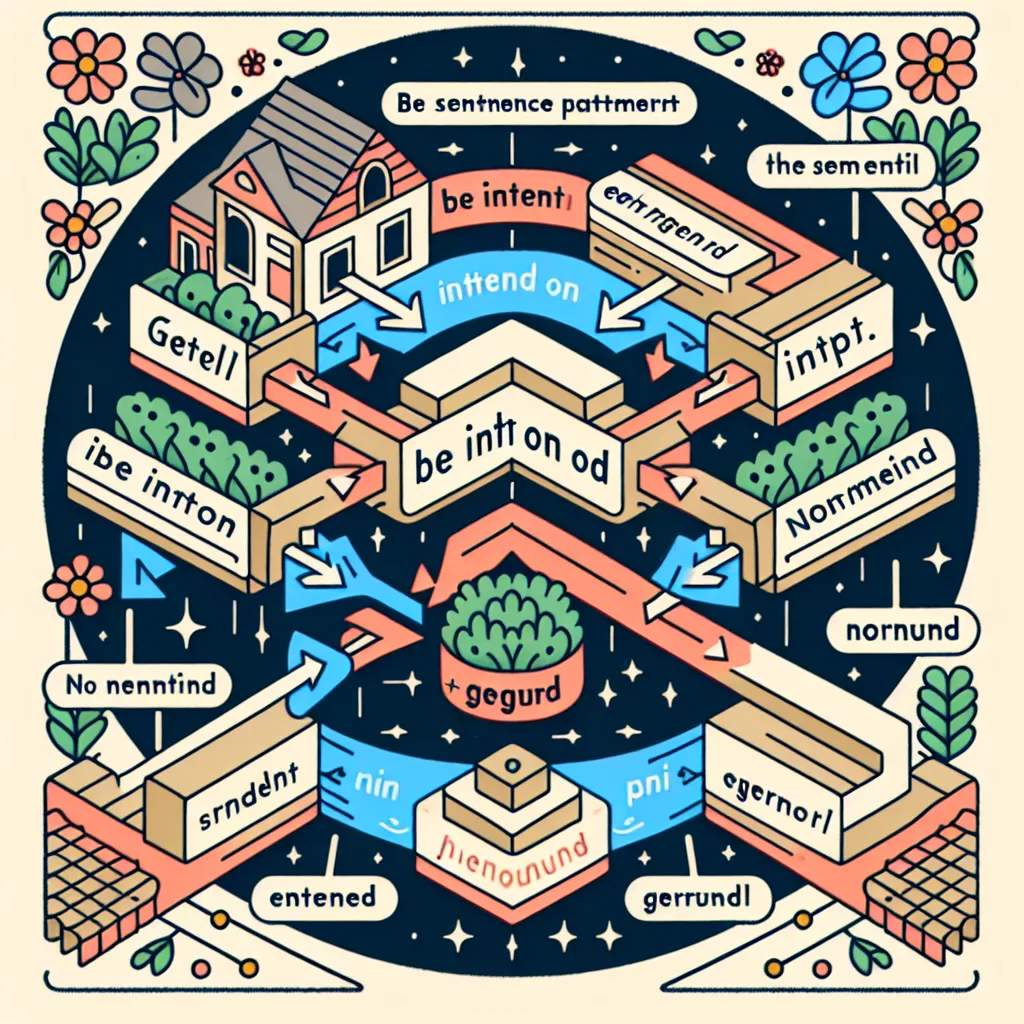The phrase “so be it” is a powerful expression that can add depth and nuance to your IELTS responses. Understanding how to use this phrase correctly can significantly enhance your language skills and help you achieve a higher band score. In this article, we’ll explore the meaning, usage, and application of “so be it” in various IELTS contexts.
Nội dung bài viết
- Understanding the Meaning and Usage of “So Be It”
- Examples in Context:
- Incorporating “So Be It” in IELTS Writing
- In IELTS Writing Task 2:
- In IELTS Writing Task 1:
- Enhancing IELTS Speaking Responses with “So Be It”
- Example in IELTS Speaking Part 2:
- Example in IELTS Speaking Part 3:
- Grammar and Structure: Mastering “So Be It”
- Common Mistakes to Avoid
- Conclusion
Understanding the Meaning and Usage of “So Be It”
“So be it” is an idiomatic expression used to indicate acceptance of a situation, even if it’s not ideal or desired. It conveys a sense of resignation or acquiescence to circumstances that cannot be changed. This phrase is particularly useful in IELTS tasks where you need to express complex emotions or attitudes.
Examples in Context:
- “If I don’t get the job, so be it. I’ll find other opportunities.”
- “The project deadline has been moved up. So be it. We’ll have to work harder.”
- “If climate change continues at this rate, so be it. We’ll adapt as best we can.”
- “You’ve decided to move abroad for your studies. So be it. I’ll support your decision.”
- “If the company decides to downsize, so be it. We’ll face the challenges together.”
In each of these examples, “so be it” expresses acceptance of a potentially negative or challenging situation, demonstrating resilience and adaptability – qualities that IELTS examiners often look for in high-scoring responses.
 Using "So Be It" in Various Contexts
Using "So Be It" in Various Contexts
Incorporating “So Be It” in IELTS Writing
Using “so be it” effectively in your IELTS Writing task can demonstrate a sophisticated command of English and help you express complex ideas concisely. Here’s how you can incorporate it:
In IELTS Writing Task 2:
When discussing controversial topics or presenting balanced arguments, “so be it” can be a powerful tool to acknowledge opposing viewpoints:
“While some argue that increased automation will lead to job losses, I believe it’s an inevitable part of technological progress. If certain roles become obsolete, so be it. Society must focus on retraining and creating new opportunities rather than resisting change.”
In IELTS Writing Task 1:
Although less common in Task 1, you might use “so be it” when describing trends or changes, especially if they’re unexpected or potentially negative:
“The graph shows a sharp decline in newspaper readership over the past decade. If print media becomes obsolete, so be it. The industry must adapt to digital platforms to survive.”
Enhancing IELTS Speaking Responses with “So Be It”
In the IELTS Speaking test, using “so be it” can help you express opinions and attitudes more effectively, particularly in Parts 2 and 3 where you’re expected to provide more extended responses.
Example in IELTS Speaking Part 2:
Topic: Describe a difficult decision you had to make.
“…I had to choose between accepting a job offer abroad or staying close to my family. It was a tough decision, but I ultimately decided to take the job. I knew it would be challenging to be away from my loved ones, but I also recognized the incredible opportunity for personal and professional growth. I told myself, ‘If it means being apart for a while, so be it.’ This attitude helped me embrace the decision and make the most of my experience overseas.”
Example in IELTS Speaking Part 3:
Question: How do you think people should deal with difficult decisions in life?
“I believe that when faced with difficult decisions, it’s crucial to weigh the pros and cons carefully. Once a decision is made, it’s important to commit to it fully. Even if the outcome isn’t perfect, adopting an attitude of ‘so be it’ can help people move forward positively. This doesn’t mean being passive, but rather accepting the consequences of one’s choices and making the best of the situation.”
Grammar and Structure: Mastering “So Be It”
To use “so be it” correctly and effectively in your IELTS responses, consider the following grammatical points:
-
Sentence Position: “So be it” typically comes at the end of a sentence or clause.
Correct: “If that’s the final decision, so be it.”
Incorrect: “So be it if that’s the final decision.” -
Punctuation: When used as an interjection, it can stand alone with an exclamation mark.
Example: “You want to cancel the project? So be it!” -
Formality: While “so be it” is generally formal, it can be used in both formal and informal contexts in IELTS, depending on your tone and the specific task.
-
Tense Agreement: “So be it” remains unchanged regardless of the tense of the main clause.
Example: “If it had rained on our wedding day, so be it.” (Past perfect tense)
Example: “If the prices increase next year, so be it.” (Simple future tense)
Common Mistakes to Avoid
When using “so be it” in your IELTS responses, be careful to avoid these common errors:
-
Overuse: While it’s a powerful phrase, using it too frequently can make your speech or writing sound repetitive.
-
Inappropriate Context: Avoid using “so be it” for trivial matters. It’s best reserved for significant decisions or situations.
Incorrect: “If I can’t find my favorite pen, so be it.” (Too trivial)
Correct: “If I have to change my career path, so be it.” (Significant decision) -
Misinterpreting the Tone: Remember that “so be it” implies acceptance, not enthusiasm.
Incorrect: “I won the lottery! So be it!” (Expresses indifference instead of excitement)
Correct: “I didn’t win the lottery. So be it. There’s always next time.” -
Incorrect Word Order: Always keep “so be it” as a single, fixed phrase.
Incorrect: “Be it so, we will proceed with the plan.”
Correct: “So be it. We will proceed with the plan.”
Conclusion
Mastering the use of “so be it” can significantly enhance your IELTS performance by allowing you to express complex attitudes and demonstrate sophisticated language use. Practice incorporating this phrase into your responses, but remember to use it judiciously and in appropriate contexts. As you prepare for your IELTS exam, consider how “so be it” might fit into responses about personal decisions, social changes, or global challenges. With careful use, this small phrase can have a big impact on your language proficiency and, ultimately, your IELTS score.


